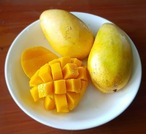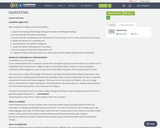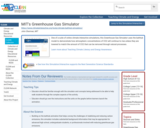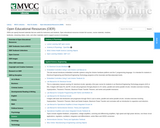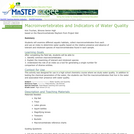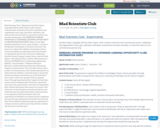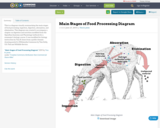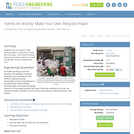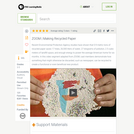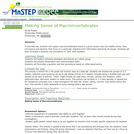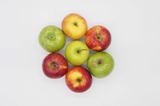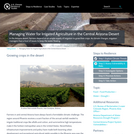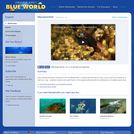LEARNING OBJECTIVESAfter studying this chapter, you shoud be able to:explain the meaning of‘marketing’; distinguish between ‘marketing’and ‘selling’;list out important functions of marketing;examine the role of marketing in the development of an economy in a firm, to the society and to consumers;explain the elements of marketing-mix; classify products into different categories; analyse the factors affecting price of a product;list out the types of channels of distribution; and explain the major tools of promotion, viz. advertising, personal selling, salespromotion and publicityWHERE DO COMPANIES DO THEIR BUSINESS?In the Markets or in the Society?It is an undisputed fact that a company’s survival does not depend upon its consumers alone, but a diverse set of stakeholders like the government, religious leaders, social activists, NGOs, media, etc. Hence, earning the satisfaction of these segments is also as imperative as they add to the power of the brand by word of mouth.The social concern adds to the strength of the brand. Corporates that embraced the deepest social values, have been successful in building powerful brand, and, eventually, robust customer relationship. The area of corporate social justice fall under two broad categories. The issues such as the nutrition of children, child care, old-age homes, amelioration of hunger, offering aid to those affected by naturalcalamities, etc. needing instant attention with humanitarian perspective, comes under the first category.“Business is not financial science, it’s about trading, buying and selling. It’s about creating a product or service so good that people will pay for it.” — Anta Roddick“Marketing takes a day to learn. Unfortunately it takes time to master.”WHAT IS A MARKETIn the traditional sense, the term ‘market’ refers to the place where buyers and sellers gather to enter into transactions involving the exchange of goods and services. It is in this sense that this term is being used in day today language, even today. The other ways in which this term is being used is in the context of a product market(cotton market, gold or share market), market (national and international market), type of buyers(consumer market and industrial market) and the quantity of goods transacted (retail market and wholesale market).WHAT IS MARKETINGThe term marketing has been described by different people in different ways. Some people believe that marketing is same as ‘shopping’. Whenever they go out for shopping of certain products or services, they describe it as marketing.There are some other people who confuse marketing with ‘selling’ and feel that marketing activity starts after a product or service has been produced. Some people describe it to mean ‘merchandising’ or designing aproduct. All these descriptions may be partly correct but marketing is a much broader concept.1. Needs and Wants:The process of marketing helps individuals and groups in obtaining what they need and want. Thus, the primary reason or motivation for people to engage in the process of marketing is to satisfy some of their needs or wants. In other words, the focus of the marketing process is on satisfaction of the needs and wants of individuals and organisations.A need is a state of felt deprivation or feeling of being deprived of something. If unsatisfied, it leaves a person unhappy and uncomfortable.For example, on getting hungry, we become uncomfortable and start looking for objects that are capable ofsatisfying our hunger. Needs are basic to human beings and do not pertain to a particular product. Wants, on the other hand, are culturally defined objects that are potential satisfiers of needs. In other words, human needs shaped by such factors as culture, personality and religion are called wants. A basic need for food,for example, may take various forms such as want for dosa and rice for a South Indian and chapatti and vegetables for a North Indian person.2. Creating a Market Offering:On the part of the marketers, the effort involves creation of a ‘market offering. Market offering refers to a completeoffer for a product or service, having given features like size, quality, taste, etc; at a certain price; available at agiven outlet or location and so on. Let us say the offer is for a cell phone, available in four different versions, onthe basis of certain features such as size of memory, television viewing, internet, camera, etc., for a given price,say between Rs. 5,000 and Rs. 20,000 (depending on the model selected), available for sale at say firm’s exclusiveshops in and around all metropolitan cities in the country. A good ‘market offer’ is the one which is developed afteranalysing the needs and preferences of the potential buyers.3. Customer Value:The process of marketing facilitates exchange of products and services between the buyers and the sellers. The buyers, however, make buying decisions on their perceptions of the value of the product or service in satisfying theirneed, in relation to its cost. A product will be purchased only if it is perceived to be giving greatest benefit or valuefor the money. The job of a marketer, therefore, is to add to the value of the product so that the customers preferit in relation to the competing products and decide to purchase it.4. Exchange Mechanism:The process of marketing works through the exchange mechanism. The individuals (buyers and sellers) obtain what they need and want through the process of exchange. In other words, the process of marketing involves exchange of products and services for money or something considered valuable by the people. Exchange refers to the processthrough which two or more parties come together to obtain the desired product or service from someone,offering the same by giving something in return.For example, a person feeling hungry may get food by offering to give money or some other product or service in return to someone who is willing to accept the same for food.


